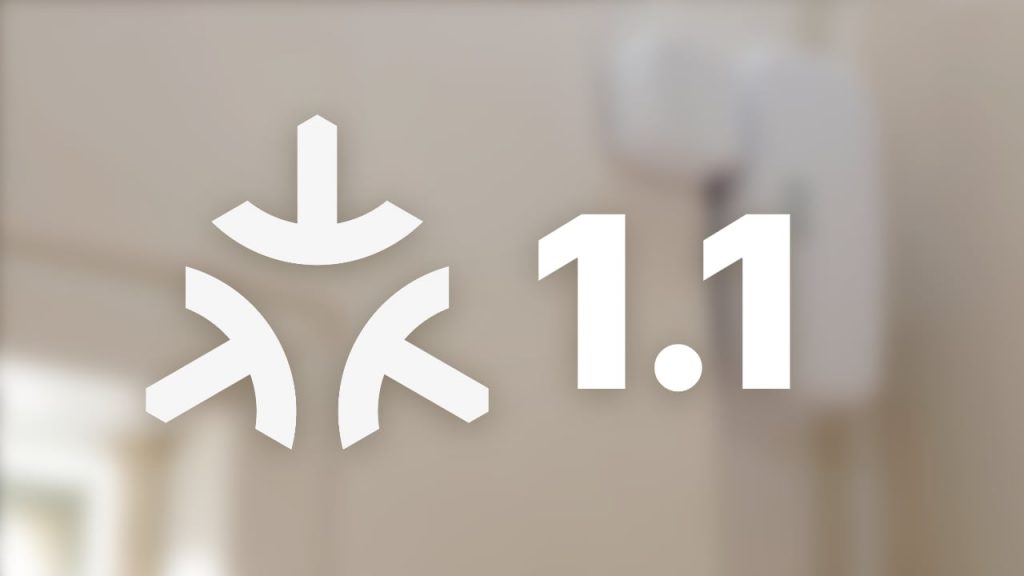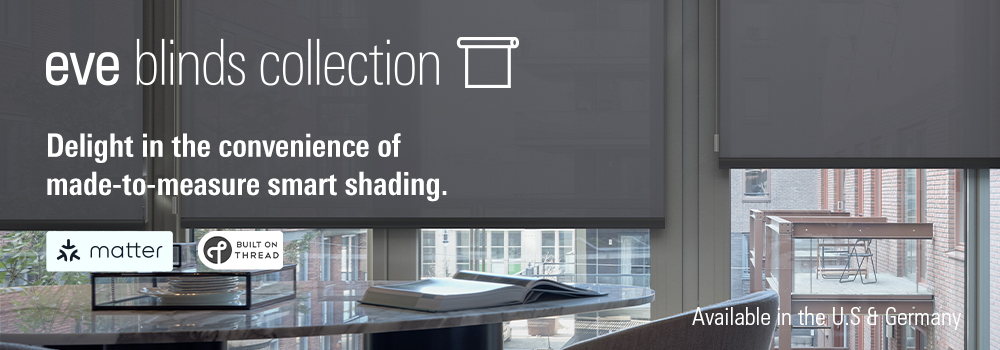The Connectivity Standards Alliance (CSA) has approved the next version of the Matter smart home standard (link). This follows the manufacturers’ association’s announcement that it will regularly publish new versions of the specifications that correct errors and expand the functional scope of Matter. Such releases are to take place twice a year.
Just a small version jump
Those who expected major innovations from the first date since the release of Matter 1.0 in October 2022 or hoped for the support of new product groups will be disappointed, however. This is already indicated by the small version jump to 1.1 – among developers often a reference to a maintenance update with bug fixes.
And so it is the case with Matter. The CSA states that it wants to make work easier for developers in particular with the new version. In addition, a problem has been solved, according to which certain Matter products appeared to be offline. This refers to Intermittently Connected Devices (ICDs), those that only connect to the network occasionally in order to consume as little energy as possible. Usually, these are battery-powered products such as sensors or smart locks.
Since products in this category are hardly available yet, consumers are unlikely to be affected by the problems so far. They rather struggle with other teething problems of the standard. Many manufacturers are late with their announced innovations.
Further wait for Matter
Half a year after the launch of the smart home standard, many things look unfinished yet. Vendors have implemented features such as the Multi-Admin-Mode inconsistently, confusing users and dashing hopes that Matter would make it easier to install devices. So potential buyers wonder where to get compatible devices and how best to work with them. Which Border Routers they need for a Thread network and why some things work with Android but not yet with iOS.
These are not primarily tasks for the CSA, which is responsible for the standard, but questions of implementation by the manufacturers. However, it is questionable where a cohesive user experience is supposed to come from when Amazon, Apple, Google and SmartThings individually design their setup and try to set their own accents. A smooth transition or even change between system worlds is not likely to be their top priority.
Share this information:


